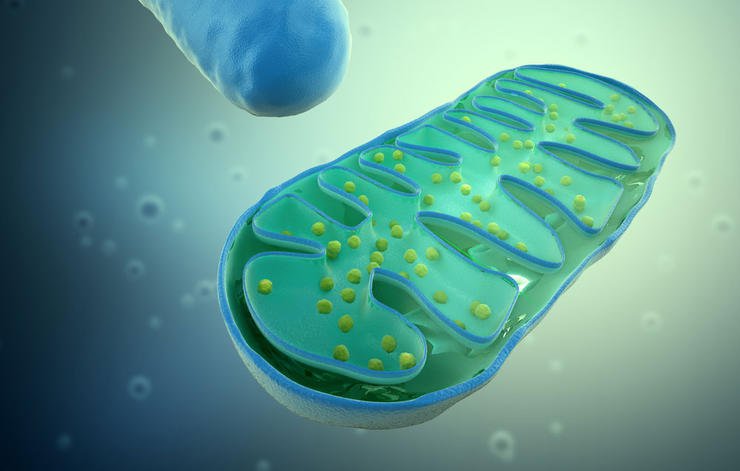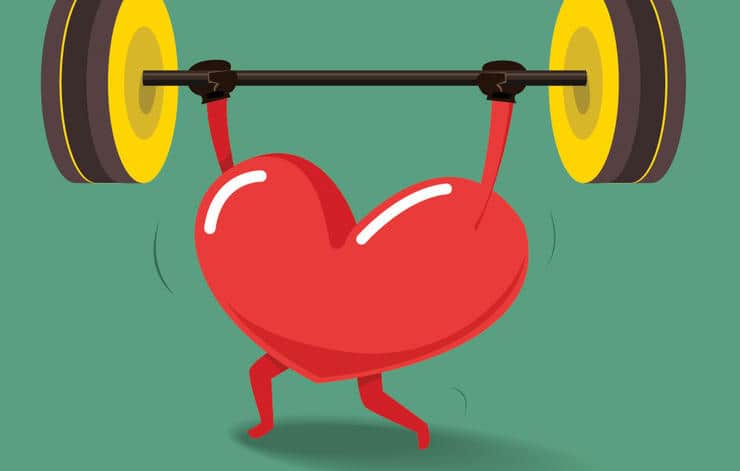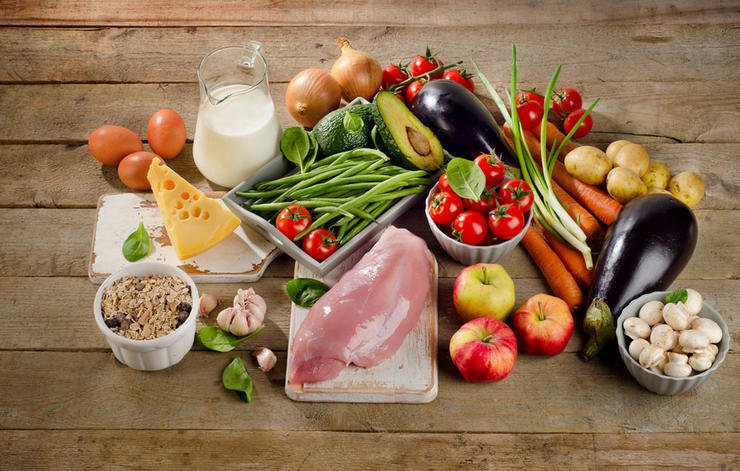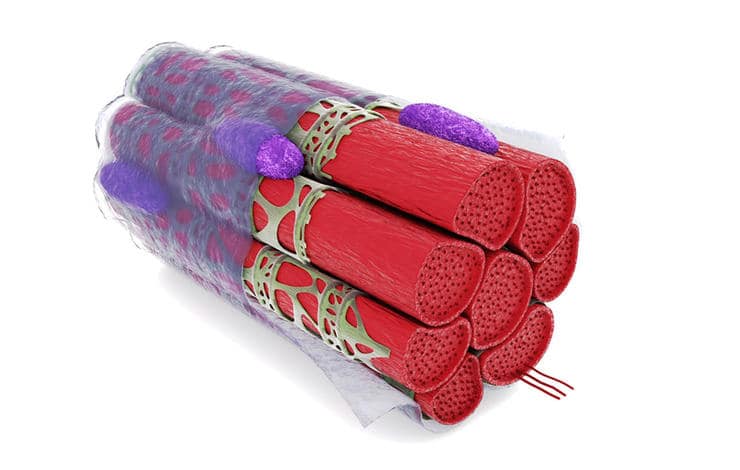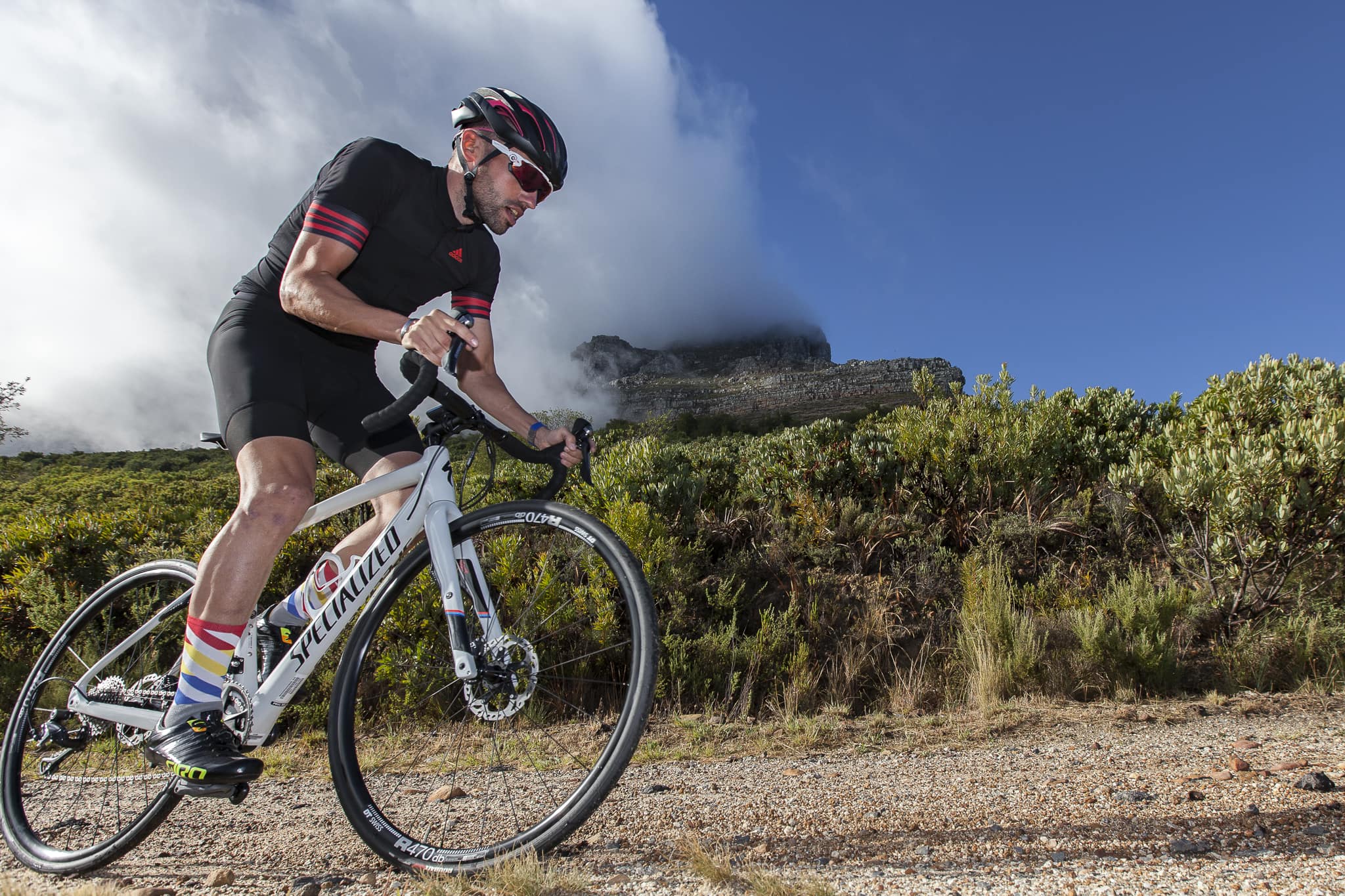This is Your Body on Base Training
In an era where Cross Fit, Tabatas and other HIIT style training often hog the spotlight, it’s easy to overlook the decidedly unsexy, Zone 2 rides and go straight for the gusto every time you ride.
In an era where Cross Fit, Tabatas and other HIIT style training often hog the spotlight, it’s easy to overlook the decidedly unsexy, Zone 2 rides and go straight for the gusto every time you ride. – By Selene Yeager

Don’t. Steady, moderate-paced, base-building rides perform their own unique metabolic magic you don’t want to miss out on. Just ask Inigo San Millan, PhD, of The University of Colorado Sports Medicine and Performance Center (CUSM&PC) in Boulder, Colorado, who has helped thousands of riders, runners and swimmers get faster by slowing down.
“Zone 2 training is harder than a recovery ride, but not so hard that you can’t talk the whole time. Depending on your fitness level, it’s between 55 to 75 percent of your VO2 max intensity or about a 5 to 6 on a 1 to 10 scale,” says San Millan. “This is where you’re burning the most fat for energy before you cross the threshold into more carbohydrate burning. The majority of your rides—about 75% of your training time during base training period—should be here for the best training benefits. Stick to it 3 to 4 days a week in the first several weeks of training and you’ll see your watts go up as your heart rate and perceived exertion remains the same.”
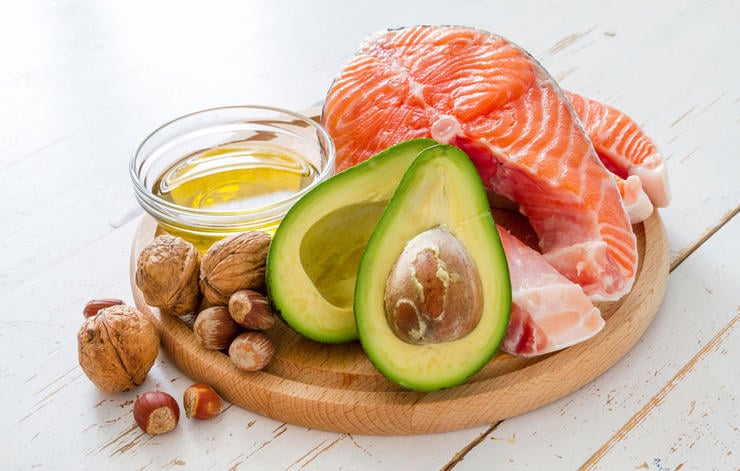
READ MORE ON: strength training programmes workouts


